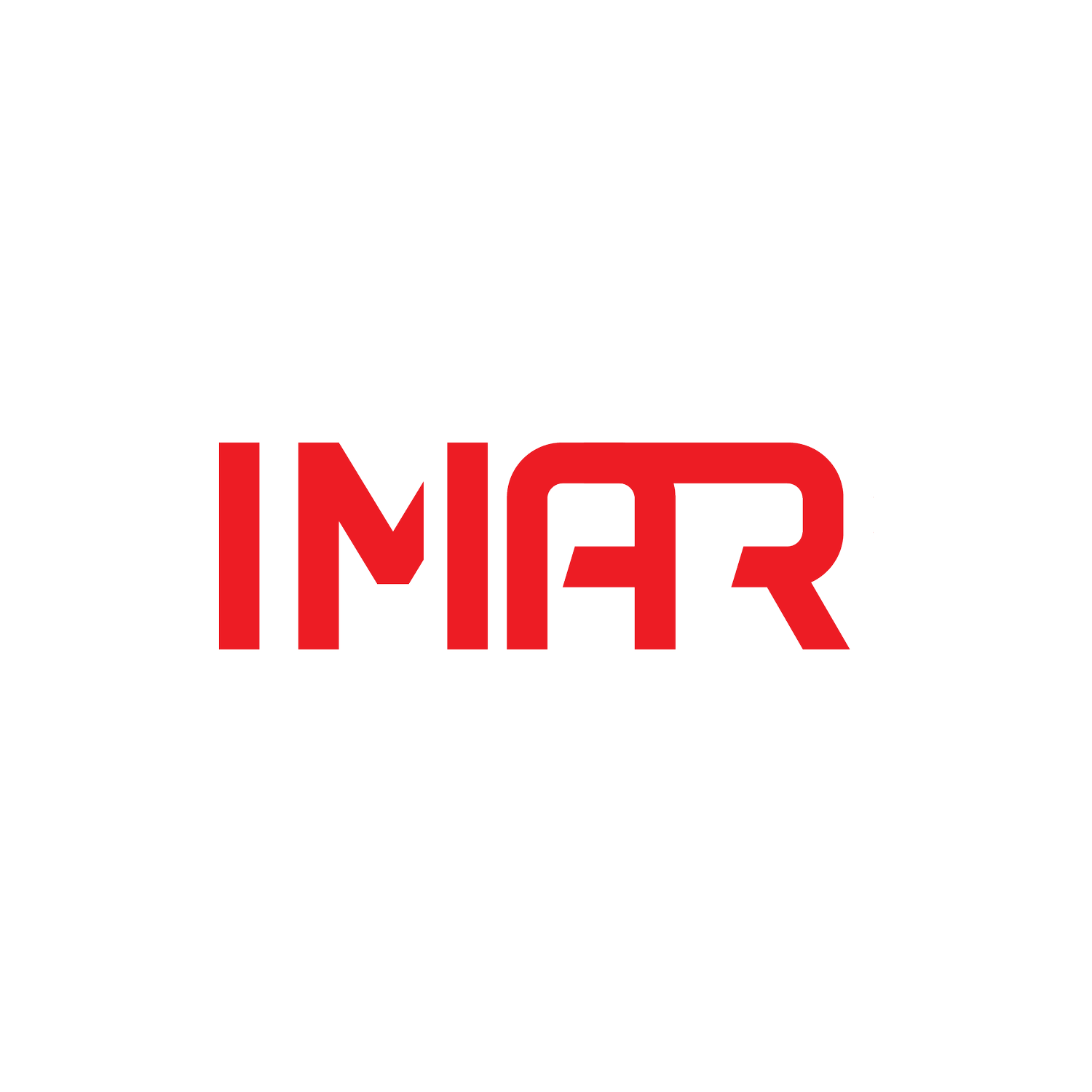Thorgeir Palsson assumed the position of Professor of Air Navigation Technology at Reykjavik University ́s School of Science and Engineering in June of 2010, where he is currently engaged as Professor Emeritus in research and development activities relating to aviation, with emphasis on air transport and air navigation.
From 2007 to 2010 he served as the Chief Executive of Isavia, a state-owned company that was established to manage all service provision that had previously been provided by the Icelandic Civil Aviation Administration (ICAA). Prior to this engagement he had served as the Director General of Civil Aviation, a position that he assumed in 1992. In this capacity he was responsible for air navigation service provision in Iceland and in international airspace in the North Atlantic, airport operations in Iceland as well as safety regulation of Icelandic civil aircraft and air transport operations.
In 1995 he was elected as the President of the ICAO General Assembly and served as Chairman of Board of the Joint Aviation Authorities (JAAB), precursor to the European Aviation Safety Agency, from 2005-2006.
Thorgeir Palsson earned his S.B., S.M. and Sc.D. degrees in Aeronautics and Astronautics from the Massachusetts Institute of Technology in 1966, 1967 and 1971 respectively. His area of specialization was in the design of automatic control and guidance and navigation systems.
Subsequently Dr. Palsson worked for four years as a research engineer at The Analytic Sciences Corporation of Reading, Mass. on the analysis and design of inertial and satellite navigation systems. In particular he worked on the development of estimation techniques based on Kalman filtering for integrating external measurements for improving the performance of autonomous navigation systems.
In 1976 Dr. Palsson became associate professor of Systems Engineering in the Engineering Department of the University of Iceland and full professor in 1986. During this period he gave courses on the design of automatic control systems and the theory and application of stochastic systems including optimal estimation and Kalman filtering. He also gave a course on navigation systems and their application in aviation and marine operations.
At the University of Iceland Dr. Palsson established the Systems Engineering Laboratory in 1979 and served as its director until 1992 when he became Director General of Civil Aviation. Under his leadership the Systems Engineering Laboratory undertook the development of Air Traffic Managment computer systems for the Reykjavik Area Control Center (RACC). This lead to the establishment by the ICAA and the University of Iceland of TERN Systems Inc. in 1997, that took over this development role. TERN Systems has successfully developed most
30/09/2022
1
of the automation systems currently used by the RACC for providing air traffic control services to international aviation in the North Atlantic Region. It has also delivered air traffic control systems and training simulators to the aviation authorities of South Korea and Indonesia.
Dr. Palsson has authored a number of technical papers and articles on air navigation technology and related subjects. In addition to his administrative duties he was responsible for initiating and coordinating various research and development activities that were carried out by the Icelandic Civil Aviation Administration and Isavia in the period between 1992 and 2010. During this period he also gave numerous lectures and presentations on technical subjects related to air traffic management and served in various bodies addressing technical and policy issues relevant to international civil aviation. After returning to academic duties in 2010 he has been establishing a research program in the area of systems engineering supported by Isavia and Icelandair. In particular he has been advisor to a number of students who have been working on topics such as the integration of navigation systems, reliability of air traffic management systems, optimisation of flight trajectories for jet transport aircraft and the performance of air traffic control systems. He has also been a participant of a research team that has been promoting new methods for improving the accuracy of forecasts of Volcanic Ash concentrations for the benefit of aviation and civil defence activites during volcanic eruptions.
More recently Dr. Palsson has been working on various airport projects on behalf of Iceland‘s Ministry of Transport. In particular he has examined the role of the airports in Iceland as a vital infrastructure for public security and natural disaster relief. Currently the effectiveness and availablity of the network af alternate airports for international flights to and from Iceland have been under special consideration as a major contributor to flight safety in a country located far from all major European hub airports. Most recently he has started a new project within Reykjavik University under contract with the Icelandic Ministry of Transport to undertake in-situ measurements of air turbulence and to assess its impact on flight operations in the area of Hvassahraun, which has been proposed as a new site for an airport replacing Reykjavik Airport. This project is an essential part of an effort to determine the suitability of this site for an airport serving domestic as well as international air transport operations, air ambulance services and as the air operations center of the Icelandic Coast Guard including search and rescue operations.
2

